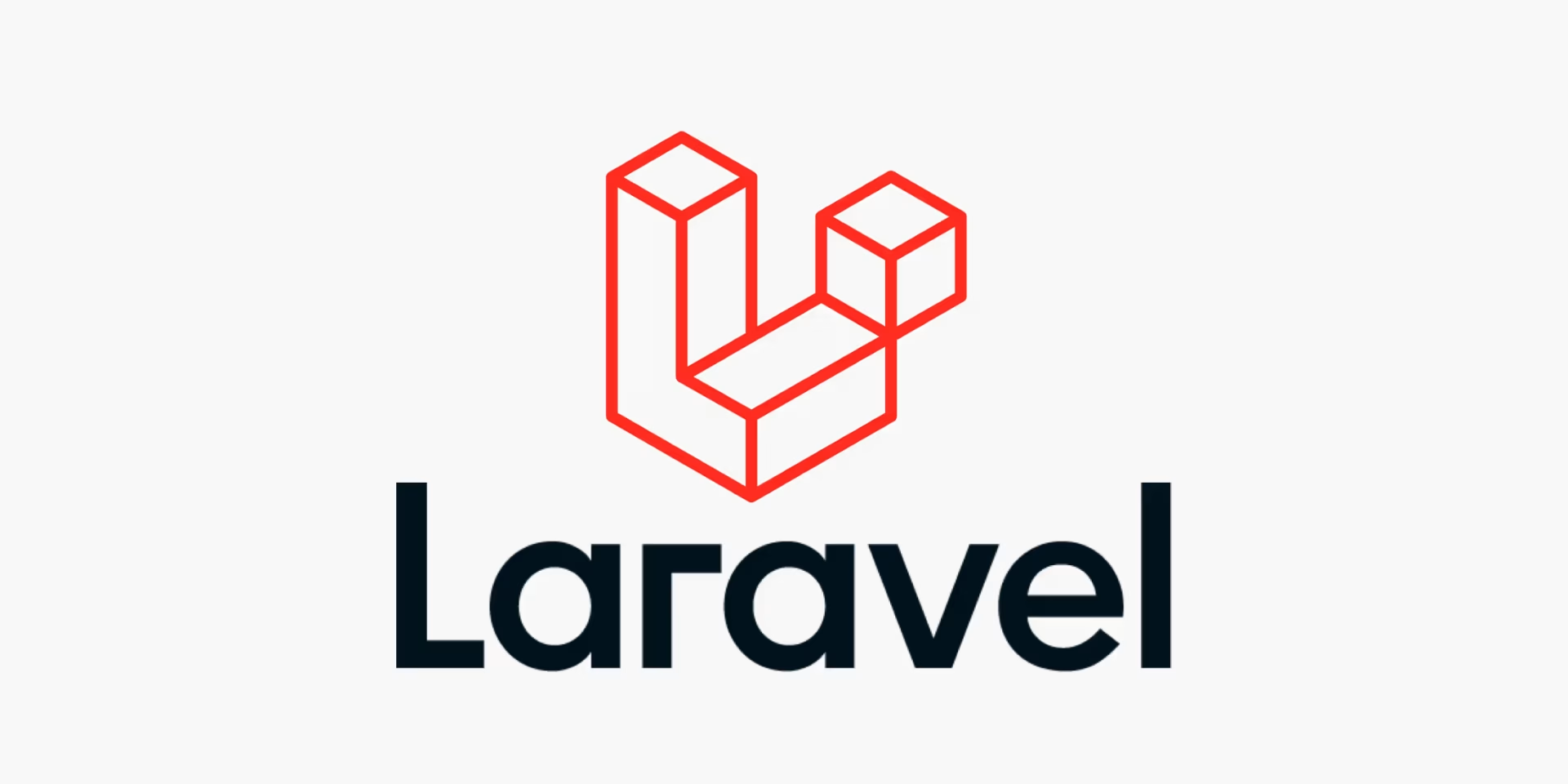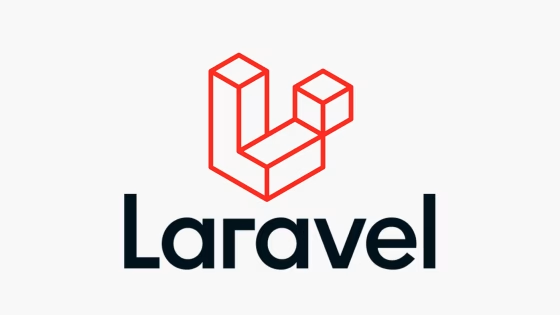Introduction:
In the realm of web application development, user authentication and authorization are critical components that ensure data protection and control access to resources. Laravel, one of the leading PHP frameworks, offers a robust and user-friendly system for managing these functionalities. In this post, we’ll delve into how Laravel handles authentication and authorization, making it easier for developers to implement these features in their applications.
Understanding Authentication in Laravel:
1. Authentication Scaffolding: Laravel simplifies the authentication setup process. Using the command:
bashCopy codephp artisan make:auth
In Laravel 6 and later versions, the functionality has been moved to packages like Laravel UI or Jetstream. This command generates all the necessary routes, views, and controllers required for user registration, login, password reset, and email verification.
2. Authentication Guards: Laravel uses guards to define how users are authenticated for each request. The default guard is web, which utilizes session storage and cookies for stateful authentication.
- Example: The
webguard is typically used in traditional web applications, while theapiguard is designed for stateless API authentication, often using tokens.
3. Authenticating Users: To authenticate users, Laravel provides a convenient way to manage user login and logout operations through its Auth facade.
- Example:
phpCopy codeuse Illuminate\Support\Facades\Auth;
public function login(Request $request) {
$credentials = $request->only('email', 'password');
if (Auth::attempt($credentials)) {
// Authentication passed...
return redirect()->intended('dashboard');
}
return back()->withErrors([
'email' => 'The provided credentials do not match our records.',
]);
}
4. Authentication Middleware: Laravel allows you to protect routes using the auth middleware. This middleware ensures that only authenticated users can access specific routes.
- Example:
phpCopy codeRoute::get('/dashboard', function () {
// Only authenticated users may access this route...
})->middleware('auth');
Understanding Authorization in Laravel:
Authorization is about determining whether a user can perform a specific action or access a resource. Laravel provides a powerful and flexible authorization system through gates and policies.
1. Gates: Gates are simple closures that define authorization logic for various actions. They are ideal for defining general rules in your application.
- Example:
phpCopy codeuse Illuminate\Support\Facades\Gate;
Gate::define('edit-post', function ($user, $post) {
return $user->id === $post->user_id;
});
In this example, the gate checks if the authenticated user is the owner of the post.
2. Policies: Policies are classes that encapsulate authorization logic for specific models. They provide a structured approach to managing access control in your application.
- Creating a Policy: You can create a policy using the Artisan command:
bashCopy codephp artisan make:policy PostPolicy
- Example Policy Method:
phpCopy codeclass PostPolicy
{
public function update(User $user, Post $post)
{
return $user->id === $post->user_id;
}
}
- Registering Policies: Policies need to be registered in the
AuthServiceProvider:
phpCopy codeprotected $policies = [
Post::class => PostPolicy::class,
];
3. Authorizing Actions: You can use the authorize method or the can directive in your views to check user permissions.
- Using the authorize Method:
phpCopy code$this->authorize('update', $post);
- Using Blade Directives:
bladeCopy code@can('edit-post', $post)
<a href="/posts/{{ $post->id }}/edit">Edit</a>
@endcan
Conclusion:
Laravel’s approach to authentication and authorization is both straightforward and powerful, providing developers with the tools needed to secure their applications effectively. By utilizing authentication scaffolding, guards, middleware, gates, and policies, you can easily implement user management in your Laravel applications. With these features, you can ensure that your application’s sensitive data is protected and that users have appropriate access to various resources.
Call-to-Action:
Do you have any tips or best practices for managing authentication and authorization in Laravel? Share your thoughts in the comments below! If you’re new to Laravel, check out our other tutorials on routing, middleware, and building secure applications.






Leave a Reply